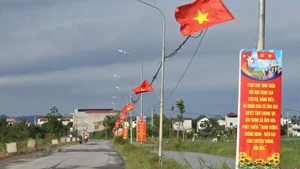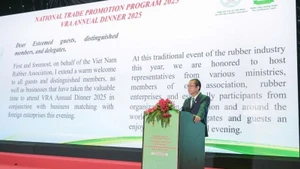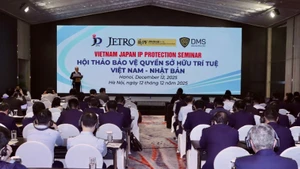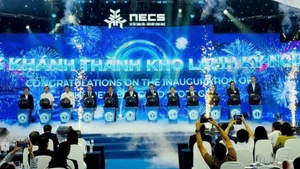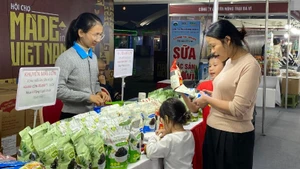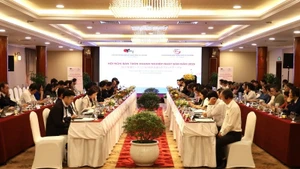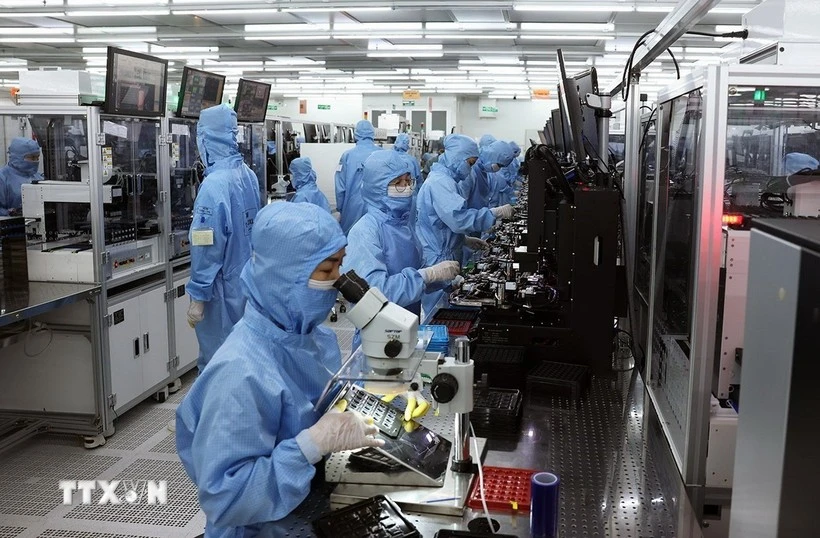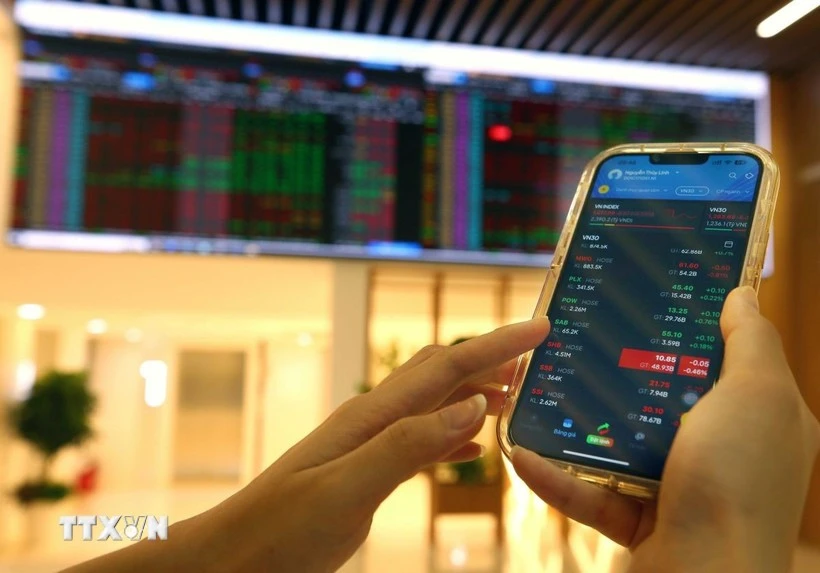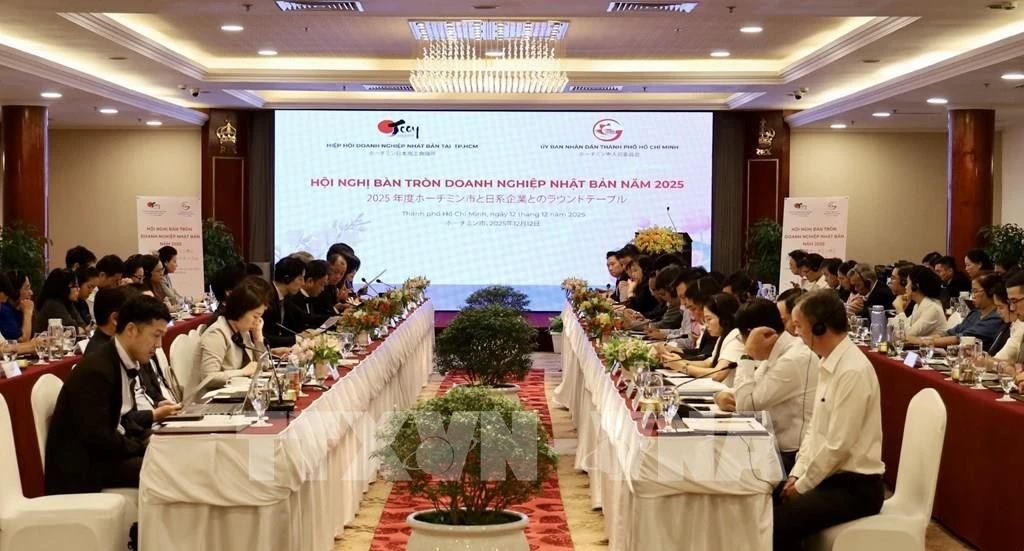Speaking at the seminar, Nguyen Le Quoc Toan, Vice Chairman of the Phu Quoc City People’s Committee, emphasised that Phu Quoc fish sauce is not merely a product, but a cultural symbol and the soul of islanders’ lives, a source of pride not only for Phu Quoc but for the whole of Viet Nam.

The protection of the “Phu Quoc” geographical indication (GI) both domestically and internationally, especially within the European Union since 2013, serves as evidence of the unique value, superior quality, and global reputation of Phu Quoc fish sauce.
Since 2014, Phu Quoc has closely coordinated with ministries, relevant authorities, international organisations, and the business community to implement various measures aimed at protecting and promoting the effectiveness of this geographical indication.
After a decade, the management and utilisation of the “Phu Quoc” GI has achieved significant progress. Quality control processes have become increasingly stringent, and the number of enterprises participating in the system has grown steadily.
In 2014, Phu Quoc had nine enterprises producing over 318,600 litres of GI-certified fish sauce in four packaging sizes (200ml, 500ml, 650ml, and one litre). By 2024, this figure had risen to 21 enterprises with an output exceeding 759,600 litres across 12 packaged product types, more than tripling the 2014 level.
Currently, Phu Quoc fish sauce is exported to numerous markets including Japan, the Republic of Korea, France, the UK, and the US, helping to cement its position in international markets.
However, the Phu Quoc fish sauce industry still faces significant challenges, such as brand counterfeiting, abuse of the geographical indication, fierce competition, increasing demands for traceability and quality standards, and the need to sustain traditional craft practices amid rapid tourism and urban development.
“Sustainable development of the fish sauce industry is an inseparable part of the local socio-economic development strategy,” Toan affirmed, adding that Phu Quoc authorities will continue to support businesses, intensify intellectual property protection, promote trade, enhance the Phu Quoc fish sauce brand globally, and develop tourism linked to the traditional fish sauce craft villages.
At the seminar, numerous participants proposed measures to preserve and promote the traditional fish sauce craft, including plans to conserve anchovy resources, the primary raw material for fish sauce production, and aspirations to have the Phu Quoc fish sauce craft recognised as an “Intangible Cultural Heritage of Humanity.”
According to the Phu Quoc Fish Sauce Association, the association currently comprises 50 members, who are barrel-house owners and producers mainly based in Duong Dong and An Thoi wards. They operate over 7,000 wooden fermentation barrels, each holding 12–15 tonnes of fish, producing between 20–30 million litres of fish sauce annually with a protein content of at least 25 degrees nitrogen.
Phu Quoc fish sauce was the first Vietnamese product to be granted GI protection by the European Union, back in 2001. In 2021, the Ministry of Culture, Sports and Tourism included the Phu Quoc fish sauce craft in the National List of Intangible Cultural Heritage.

